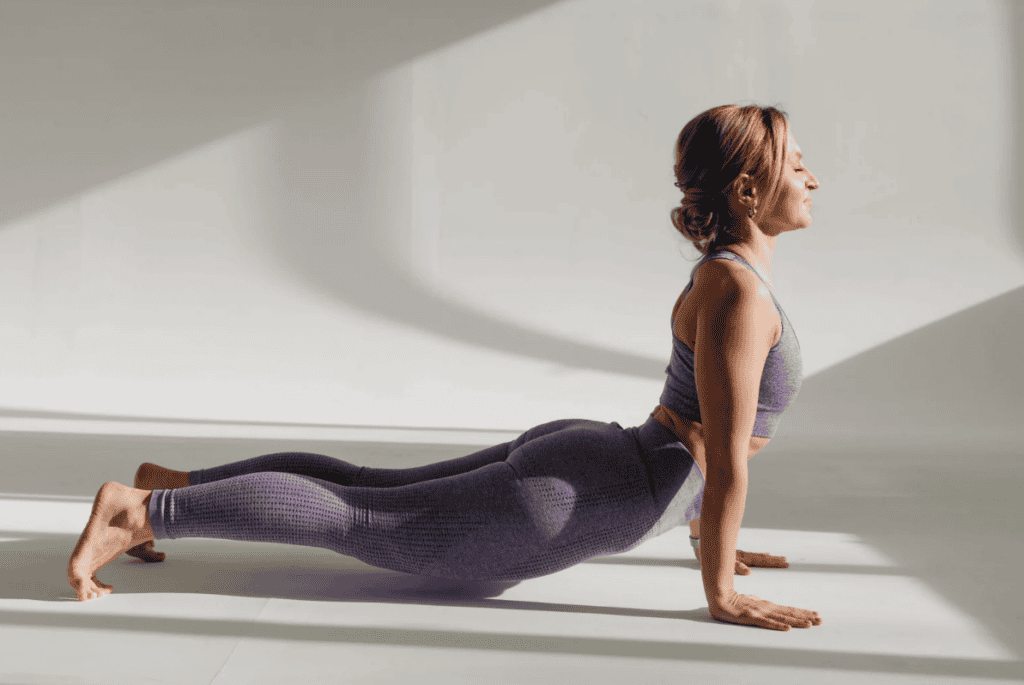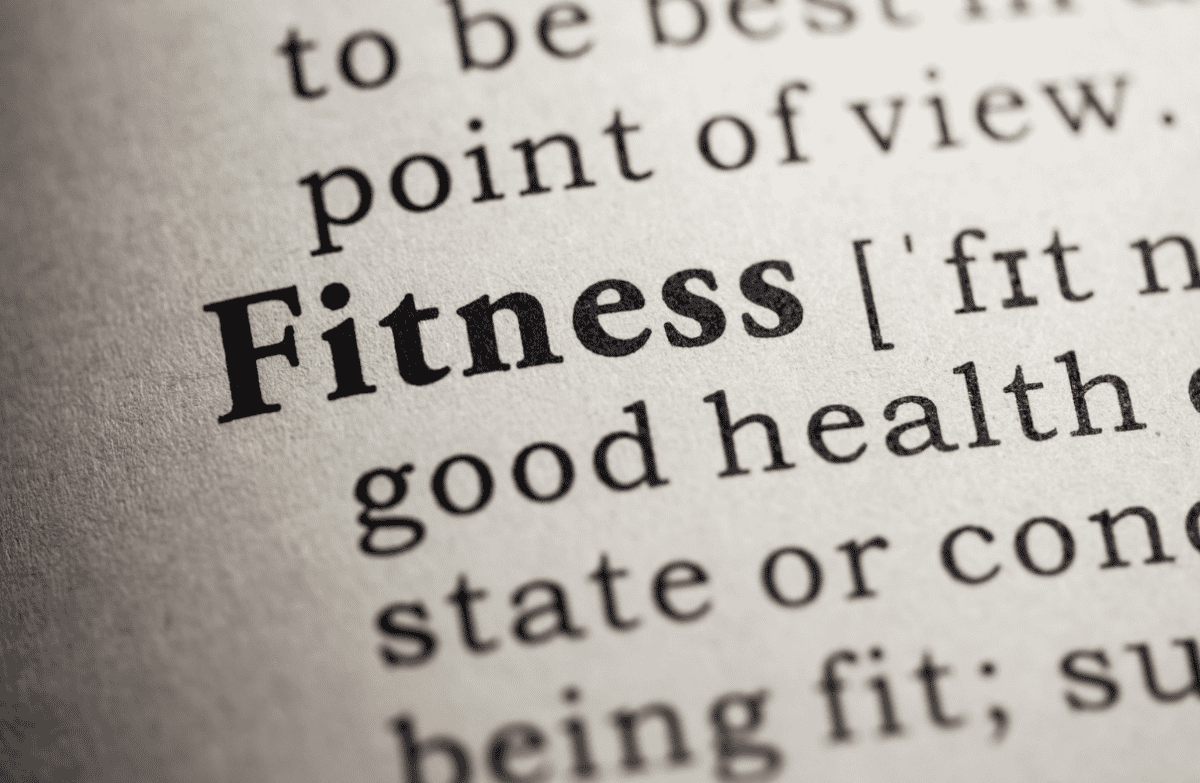Standing in front of my bathroom mirror one morning, staring at yet another unused gym membership card, I realized something had to change. I need to make fitness a daily habit for optimal health.
Like most people, I’d tried everything – setting ambitious workout goals, following strict routines, even paying for expensive training programs.
Nothing stuck. The cycle of motivation followed by burnout felt endless. But through years of working with clients and studying behavioral science, a different approach emerged.
Instead of relying on willpower or motivation, we discovered that lasting change comes from understanding how our brains actually form habits.
Want to learn how to make fitness feel as natural as brushing your teeth? Let me show you the science-backed way to transform movement from a chore into a natural part of your day.
The Science of Habit Formation
Your brain is constantly looking for ways to conserve energy by turning repeated behaviors into automatic habits. This evolutionary advantage helped our ancestors survive, but in today’s world, it often works against our fitness goals. The key lies in understanding the habit loop: cue, routine, and reward.
When you wake up (cue), you automatically brush your teeth (routine) because you’ve linked it to feeling fresh and clean (reward). Exercise can follow the same pattern, but most people go wrong by relying on motivation rather than building proper triggers and rewards.
Making fitness a daily habit can be hard, but personal fitness training can help you. A trainer can give you special help and support just for you. This way, you stay motivated and do exercises safely. With the right help, you can make exercise a regular part of your day and feel healthier.

Start Smaller Than You Think
The biggest mistake in habit formation is trying to change too much at once. Your brain resists big changes, viewing them as potential threats to your survival.
Instead of committing to hour-long gym sessions, start with something so small it feels almost ridiculous – like doing two push-ups every morning or taking a one-minute walk after dinner.
These tiny actions might seem insignificant, but they serve a crucial purpose: establishing the neural pathways that lead to bigger changes. Once these small habits become automatic, you can gradually build on them without triggering your brain’s resistance to change.
Creating Environmental Triggers
Your environment shapes your behavior more powerfully than willpower ever could. Most people try to force new habits through sheer determination, then blame themselves when it doesn’t work. Instead, focus on designing your environment to make fitness the default choice.
Keep workout clothes visible and easily accessible. Create a designated space for exercise, even if it’s just room for a yoga mat. Put your running shoes by the door. These environmental cues serve as constant reminders of your intentions while reducing friction between you and action.
Think about the path of least resistance. If you have to dig through a closet to find workout clothes or clear space to exercise, you’re less likely to follow through. Make the healthy choice the easy choice.
Building Sustainable Rewards
The most effective habits pair immediate rewards with long-term benefits. While better health and fitness are fantastic goals, your brain needs shorter-term payoffs to cement the habit. These rewards don’t need to be elaborate – they just need to be consistent and immediate.
Maybe it’s listening to your favorite podcast only while walking, or taking a relaxing shower after exercise. Some people find tracking their progress rewarding, while others enjoy the social connection of working out with friends. Experiment to find what feels genuinely rewarding to you.
Avoid using food as a reward, as this can create unhealthy associations. Focus on rewards that enhance your overall well-being and reinforce your identity as someone who prioritizes health.

Handling Disruptions and Setbacks
Life inevitably throws curveballs that disrupt our routines. The difference between people who maintain long-term fitness habits and those who don’t isn’t that they never miss a day – it’s how they handle those interruptions.
Build flexibility into your habit system. Have backup plans ready for busy days or when travel disrupts your routine. These might be shorter workouts, alternative activities, or different times of day. The specific action matters less than maintaining the habit’s momentum.
When you do miss a day, treat it as a temporary interruption rather than a failure. Don’t let one missed workout turn into a week of inactivity. Simply acknowledge the disruption and return to your routine without guilt or self-judgment.
Make Fitness Your Daily Habit for Optimal Health
Honestly saying, building habits takes time. Research suggests it can take anywhere from 18 to 254 days for a behavior to become truly automatic. The variation depends on the complexity of the habit and individual differences.
Focus on consistency over intensity. Your body responds better to regular, moderate movement than sporadic intense workouts. Build the habit first, then gradually increase intensity as it becomes natural.
Start small, design your environment for success, build in immediate rewards, and handle disruptions gracefully. These fundamental principles, when applied consistently, transform fitness from a struggle into a sustainable part of who you are.


